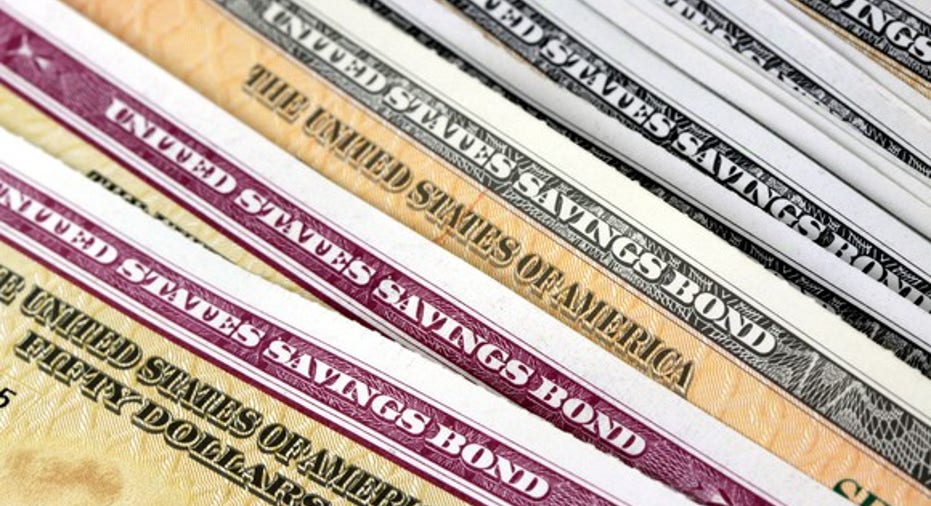10-Year Treasury Yield Hits Record Low as Investors Seek Safety

Yields on U.S. government bonds fell to new lows on Friday, the latest record in this year's rally in sovereign debt around the world.
The bid yield on the benchmark 10-year Treasury note fell to 1.385% during European morning trade, briefly breaking below its previous intraday record of 1.389% hit on July 24, 2012, according to Tradeweb. The yield closed at a record low of 1.404% that day. Yields fall as bond prices rise.
The yield recently hit 1.422%, according to Tradeweb, still down around 0.07 of a percentage point on the day.
Yields on U.K. government bonds also fell to fresh lows on Friday.
Bond yields have fallen broadly this year, reflecting investors' concerns about soft global growth and low inflation. Negative interest rates in Japan and Europe, and central banks' purchases of government bonds, have also pushed down yields.
The rally has intensified since Britain voted to leave the European Union last week, heightening concerns about the global economy and driving investors to safe assets like government bonds.
Traders say lower global bond yields partly reflect growing expectations that major central banks will need to take fresh action to spur growth, and that the Federal Reserve may not be able to raise interest rates this year. Rising rates tend to hurt the value of outstanding bonds.
U.K. yields fell on Friday after Bank of England Governor Mark Carney signaled that the central bank would need to cut interest rates this summer following Britain's exit from the EU.
"The overarching reason is that monetary policy is still very, very supportive for government bonds," said Seamus Mac Gorain, a government bonds fund manager at J.P. Morgan Asset Management.
Mr. Mac Gorain said the BOE, Bank of Japan and the European Central Bank will all ease policy this year, while the Federal Reserve is now unlikely to raise interest rates. Mr. Mac Gorain has bought up U.K and U.S. government bonds, adding the 10-year Treasury yield could fall as low as 1.25%.
The yield on a two-year U.K. government bond dipped below zero briefly in late European trading Thursday for the first time ever, momentarily bringing the U.K. into the ever growing club of countries with negative-yielding debt.
The global stock of negative-yielding bonds jumped by nearly $1 trillion to almost $11 trillion following the so-called Brexit vote, according to a report from Bank of America Merrill Lynch strategists published Wednesday.
All of Switzerland's government bonds, including its longest-dated security maturing in 2064, now trade at a negative yield.
That means that even with U.S. yields historically low they have still tempted foreign investors, further pushing Treasury bond yields lower.
The resilience of the U.S. bond market has wrong-footed many interest-rate strategists and traders. Bond bears had predicted that yields would reverse the declines as the Fed started to normalize interest-rate policy and the U.S. economy recovered from the financial crisis.
"The U.S. has been doing fine, but it's looking increasingly isolated. In the meantime, the yields on offer in the U.S. look appealing by comparison," said Charlie Diebel, head of interest rates at Aviva Investors.
Write to Min Zeng at min.zeng@wsj.com and Christopher Whittall at christopher.whittall@wsj.com



















